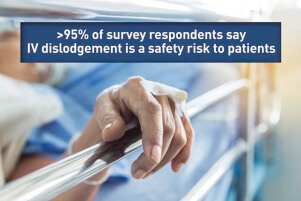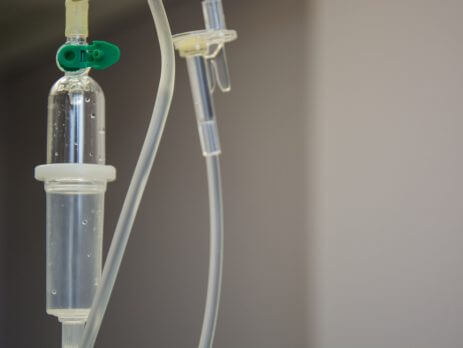Peripheral Vascular Harm Named a 2021 Top Patient Safety Concern by ECRI
ECRI: Peripheral Vascular Harm is a Top Patient Safety Concern It is not surprising that the Emergency Care Research Institute (ECRI) has listed peripheral vascular harm as one of ten top patient safety concerns for 2021.³ Vascular access complications not only cause extended patient time in hospitals and antibiotic treatments but can result in death if such interventions are unsuccessful.³ With PIVCs being the most commonly used invasive device in hospitals, a significant patient population is susceptible to such risks.³ This issue cannot be overstated–up to...










